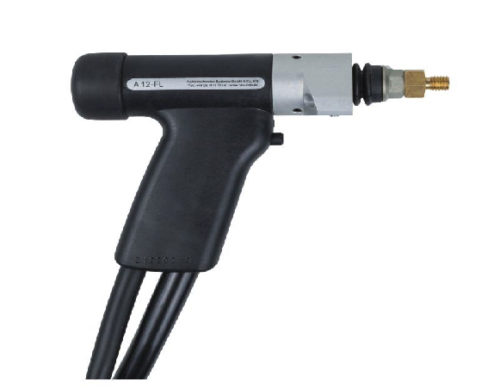We have expanded our welding capabilities with the purchase of a stud welding machine; so we can now offer stud welding as an additional service.
Find out more on the stud welding process below:
What is Stud Welding?
Stud welding is simply a welding method used to attach fasteners to metal materials.
The studs or fasteners themselves come pre-manufactured with a small pip of welding material on them.
When the weld gun applies heat to the fastener, it melts this pip of weld which secures it to the sheet metal. This is done almost instantly so many studs can be welded over a short period of time.
- Quality – Stud welding produces a strong weld which is resistant to loosening and weakening under load or vibration.
- Efficiency – The studs require a very short welding time, and the gun is easy to handle, so more studs can be welded in a short amount of time
- Less Operations – The studs do not require and drilling or tapping, punching, threading etc. so it reduces the number of operations required to assemble parts
- Economy – Due to the speed of welding, labour costs and energy usage are massively reduced so pricing should be more competitive compared to traditional welding
Mild and stainless steel, aluminium, copper, brass and zinc are the most common metals used in stud welding, although virtually any metal can be adapted to the stud welding process.
Stud welding required a clean surface that is free from rust, grease and any other oxidation or finish that would not be suitable for traditional welding.
In some cases stud welding can still be used if the metal is already painted, but this depends on the thickness and type of paint. We would always suggest getting the assembly painted after welding to be sure there are no issues.

